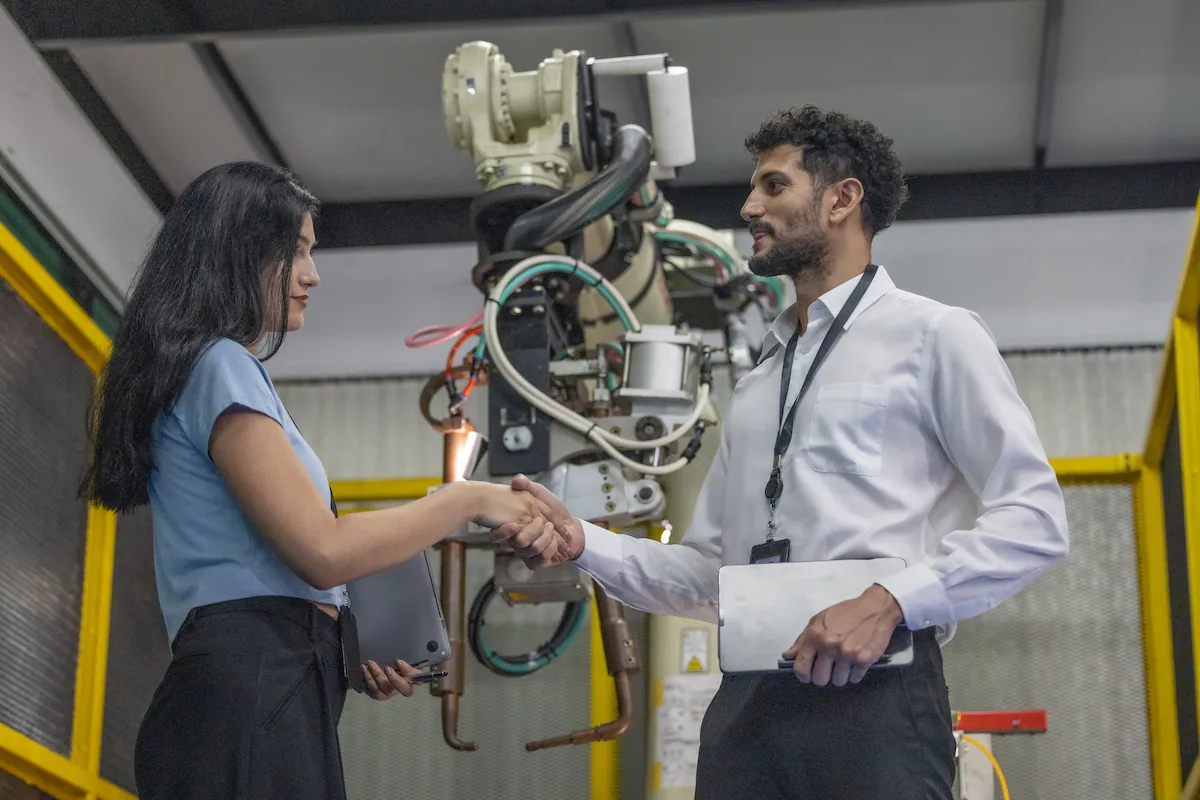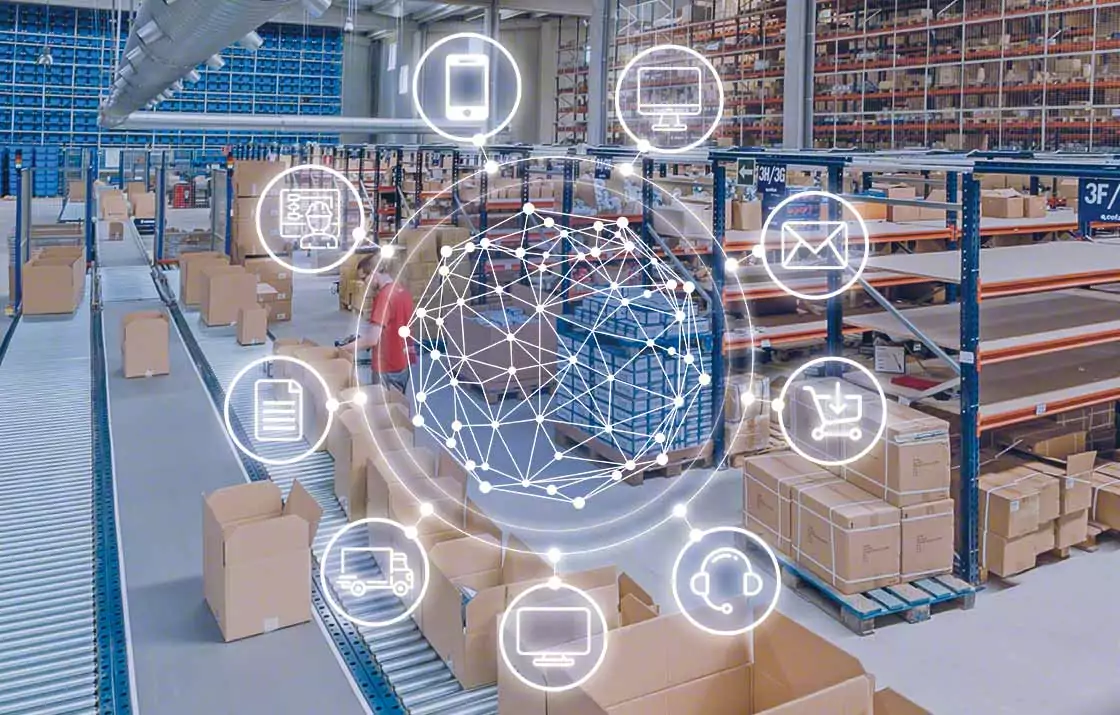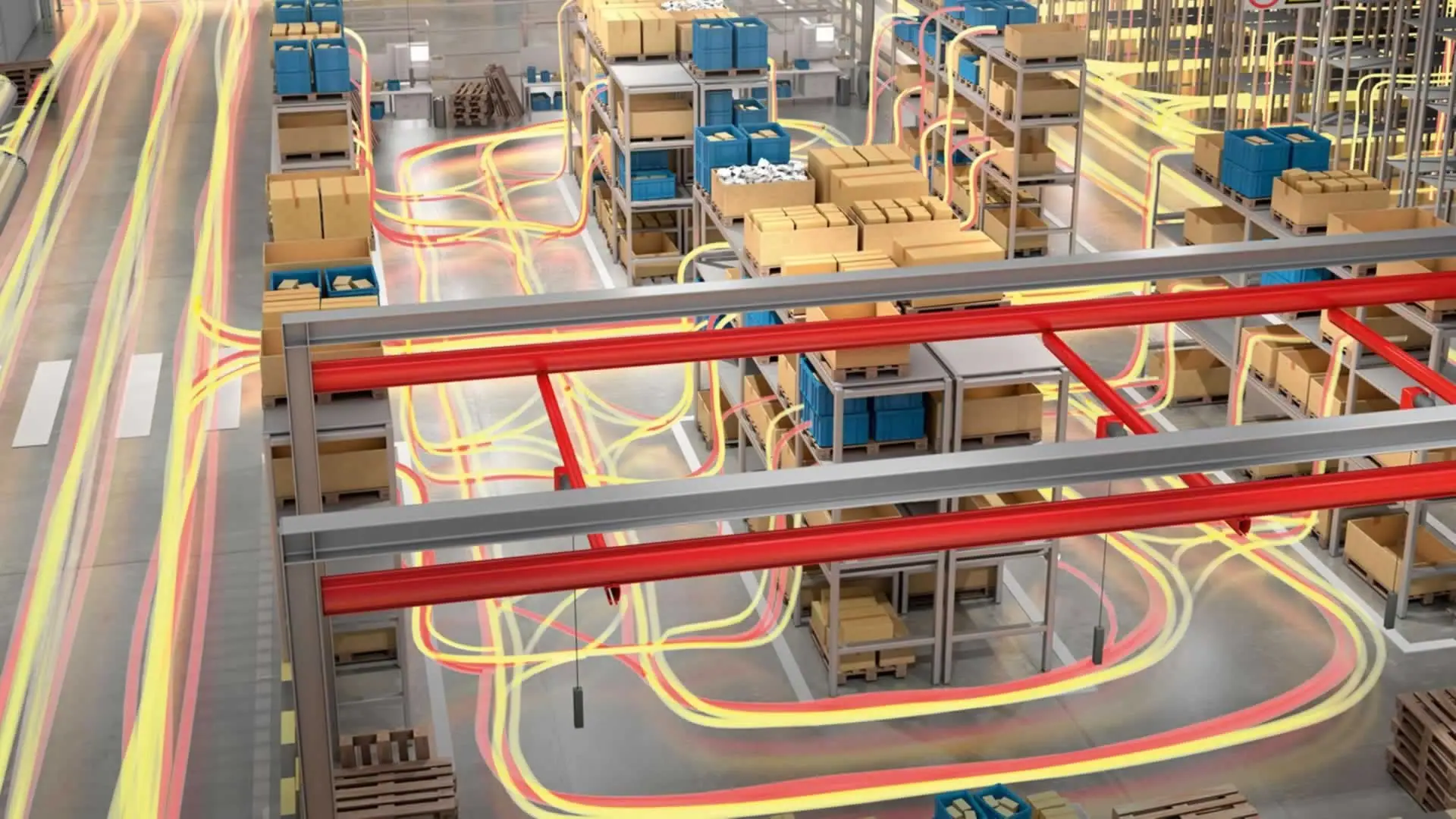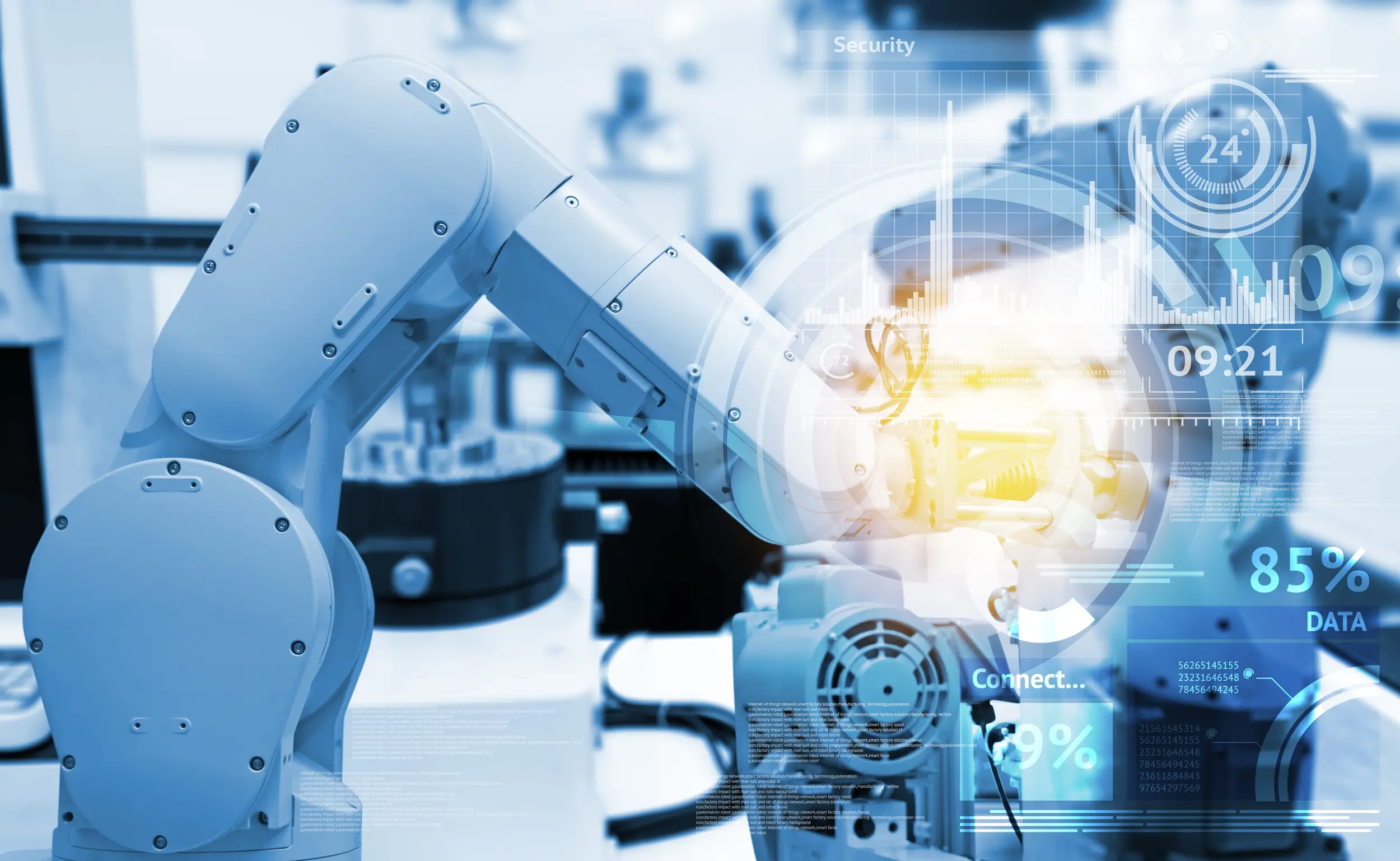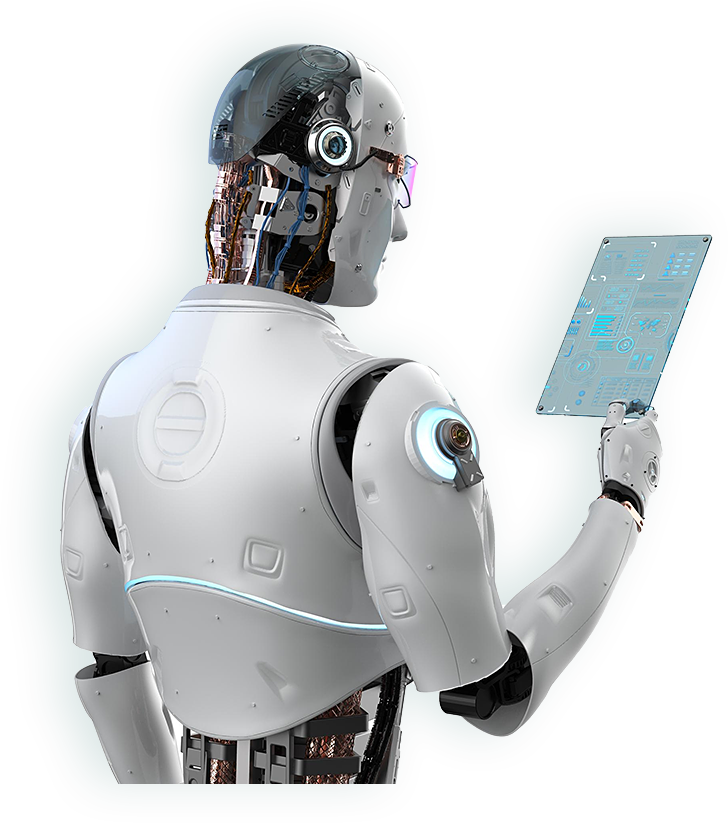Content index
ToggleIn recent years, industrial logistics has undergone a profound transformation, driven by the adoption of advanced technologies for process automation and digitisation. The increasing complexity of the supply chain, the rising demand for operational efficiency and the need to reduce costs have made the integration of intelligent systems in warehouses and production facilities indispensable. Among the most revolutionary solutions are ROS (Robot Operating System)an open-source framework that has redefined the development and management of autonomous robots, significantly improving the flexibility and efficiency of logistics operations.
ROS is not a simple control software for robots, but a highly modular platform that enables the interaction between sensors, actuators and advanced navigation algorithms. Thanks to its scalable architecture, ROS makes it possible to coordinate several autonomous devices, improving material handling within warehouses and production lines. The result is a more efficient, safe and responsive working environment, where robots can dynamically adapt to operational needs and interact with corporate information systems, such as the Warehouse Management System (WMS) hey Manufacturing Execution System (MES).
But what makes ROS so innovative for logistics? What are its main applications in automated warehouses and production plants? And how does this technology differ from traditional automation systems? In this article, we will analyse in detail the role of ROS in modern logistics, exploring its functionalities, the concrete benefits it offers companies and its potential in shaping the future of intralogistics.
What is ROS and Why Is It So Important for Logistics?
The Robot Operating System (ROS) is one of the most revolutionary technologies in robotics and industrial automation. Despite the name, ROS is not a real operating systembut a open-source middleware which provides a wide range of tools, libraries and frameworks for programming, controlling and managing autonomous robots. This ecosystem enables developers to design advanced robotic solutions, making the automation of complex logistics processes more accessible and flexible.
One of the main strengths of ROS is the its modularitywhich allows the combination of different software packages to adapt the functionality of robots to specific operational requirements. Thanks to this feature, customised robot systems can be implemented for warehouse management, automated material handling and optimisation of production flows.
Here are some of the key functionality of ROS that make it essential for logistics:
- Autonomous navigationexploiting advanced sensors such as LIDAR, 3D cameras and radarrobots equipped with ROS can move autonomously within warehouses and production facilities, avoiding obstacles and adapting to changes in the environment.
- Integration with artificial intelligence and machine learningROS supports machine learning algorithms, enabling robots to continuously improve their performance by optimising paths and operational processes based on the data collected.
- Communication with business systemsThanks to its open API, ROS can be easily integrated with WMS (Warehouse Management System) And MES (Manufacturing Execution System)ensuring a smooth and synchronised workflow between production, storage and distribution.
- Scalability and continuous updatesThe ROS framework is constantly evolving, with a global community of developers contributing to the improvement of its functionality, making it a state-of-the-art solution for intelligent logistics.
Thanks to these capabilities, ROS has established itself as the heart of the most advanced logistics automation solutionsallowing companies to reduce operating costs, improve the accuracy of operations and increase the flexibility of production processes.
Applications of ROS in Logistics
The use of ROS (Robot Operating System) in logistics has opened up new possibilities for process automation, improving the efficiency, precision and safety of operations. Thanks to its modular architecture, ROS enables the integration of different robotic technologies within warehouses and production facilities, optimising workflow and reducing operating costs.
Autonomous Mobile Robots (AMR) and AGVs
One of the most relevant application areas of ROS in logistics concerns the autonomous mobile robots (AMR) hey automated guided vehicles (AGVs).
The AGV are robots designed to follow predefined paths within an industrial environment, using technologies such as magnetic guides, QR codes or virtual tracks. These vehicles are particularly useful for repetitive and standardised operations, such as transporting materials between different production departments or between storage and shipping areas.
The AMRinstead, represent a more advanced evolution. Thanks to the integration of ROS, these robots are able to move autonomously, adapting in real time to changes in the environment, detecting obstacles and optimising navigation paths. This makes them particularly effective in dynamic logistical contexts, where space layouts and workflows can change frequently.
Practical applications of AMR and AGVs in logistics include:
- The automated transport of raw materials and semi-finished products between the different production areas.
- The management of picking and sorting in distribution centres, speeding up order fulfilment operations.
- The internal handling of components between work stations in the factory reduces waiting time and optimises production flow.
Thanks to advanced navigation based on ROS, these robots can calculate alternative routes, avoid collisions and improve operational efficiency while minimising downtime.
Automatic Storage Systems (AS/RS)
THE AS/RS (Automated Storage and Retrieval Systems) represent one of the most advanced solutions for warehouse optimisation. These systems use automated robots for material handling, reducing access time to items and minimising the risk of picking and storage errors.
The use of ROS in these systems makes it possible to:
- Synchronise operations with warehouse management software (WMS)ensuring precise control of stocks and locations.
- Adapting to changes in demand and inventory levelsautomatically optimising storage positions according to the frequency of picking.
- Optimising the arrangement of materialsreducing the time needed to retrieve items and improving the overall efficiency of warehouse operations.
The integration of ROS with AS/RS systems also makes it possible to create a more flexible and scalable logistics system that can respond quickly to market needs.
Robotic Arms for Picking and Packing
Another fundamental application of ROS in logistics concerns the control of robotic arms used for picking, packing and packaging operations.
These robots, thanks to the use of artificial vision and advanced sensorsThey can identify and grasp objects with extreme precision, regardless of their shape and size. The implementation of ROS allows the robotic arms to be programmed to adapt dynamically to the different items in a warehouse, improving the speed and quality of packaging operations.
The main advantages of using ROS-managed robotic arms include:
- Increased accuracy and reduced errors in picking, avoiding incorrect picks and improving order accuracy.
- Increased productivitydue to the robots' ability to work uninterruptedly without any drop in efficiency.
- Integration with other automated systemssuch as AGV and AMR, for fully interconnected logistics.
The use of ROS in this sector makes operations more flexible, adapting robots to the specific needs of each production or logistics process.
The Advantages of Using ROS in Logistics
The adoption of the Robot Operating System (ROS) in logistics processes brings numerous strategic advantages, revolutionising material handling, warehouse automation and operational efficiency. Thanks to the integration of autonomous robots, robotic arms and advanced storage systemscompanies can reduce costs, increase productivity and improve safety in the workplace.
Reducing Operating Costs
One of the main benefits of using ROS in logistics is the reduction of operating costs. The automation of repetitive tasks, such as internal material transport, picking and packing, allows companies to optimising the use of resources and decrease dependence on manual labour.
The main factors contributing to cost savings include:
- Reduced need for personnel for repetitive logistics operations, allowing operators to concentrate on higher value-added activities.
- Reduction of human errors, resulting in less waste and more accurate inventory management.
- Optimisation of warehouse space utilisation, thanks to intelligent storage systems and robots that organise items efficiently.
- Lower maintenance costs, as ROS-based systems are modular and easily upgradable, avoiding over-investment in new infrastructure.
Thanks to these optimisations, companies can achieve a faster return on investment (ROI) and improve the economic sustainability of its logistics operations.
Increased Efficiency and Productivity
The use of ROS allows robots to operate in continuous and uninterrupted modesignificantly increasing overall productivity.
- ROS-based automation systems can work around the clock, eliminating downtime and ensuring faster handling, storage and picking operations.
- Autonomous mobile robots (AMR) operated by ROS are able to calculate the most efficient route in real time to avoid congestion and reduce material delivery times.
- ROS allows integration with enterprise software, such as warehouse management systems (WMS) and production execution systems (MES), ensuring a leaner and more efficient workflow.
- In distribution centres, robots with ROS improve the accuracy and speed of picking and packing operations, optimising order fulfilment times.
Increased productivity enables companies to manage higher order volumes without having to expand staff or infrastructurewhile improving the quality of service.
Increased Security
ROS-based automation helps to improve safety in work environments, reducing the risk of accidents and injuries among operators.
- ROS-based robots are equipped with advanced sensors, such as LIDAR, 3D cameras and radar, which detect obstacles in real time and prevent collisions.
- The use of autonomous robots reduces the exposure of workers to hazardous tasks, such as lifting heavy loads or working in risky environments.
- ROS systems can be programmed to meet strict safety standards, reducing the probability of failure or malfunctioning.
- Ergonomics in the workplace are improved through the use of collaborative robots (cobots) and robotic arms, which reduce the risk of fatigue and musculoskeletal injuries among operators.
In addition to providing a safer working environment, the integration of ROS reduces costs related to workplace accidents and improves compliance with industrial safety regulations.
Adaptability and Scalability
One of the main strengths of ROS is its flexibility and scalabilityessential characteristics for companies that want to maintain a competitive advantage in an ever-changing market.
- ROS makes it easy to upgrade existing systems, avoiding the need to invest in expensive new infrastructure.
- Companies can quickly expand the number of robots or modify their functionalities to adapt to changes in demand and new production requirements.
- ROS is compatible with emerging technologies such as artificial intelligence, machine learning and the Internet of Things (IoT), offering possibilities for constant evolution in logistics processes.
- The open-source framework allows an advanced customisationallowing companies to develop tailor-made solutions to optimise their specific operations.
This scalability makes ROS a technology suitable for any type of company, from small enterprises to large corporations, ensuring a progressive and customisable adoption of logistics automation.
The Future of ROS in Logistics
The evolution of industrial logistics is strongly influenced by technological advances in the field ofartificial intelligence (AI) and of advanced robotics. With the increasing demand for automation and the expansion of Industry 4.0, ROS will continue to play a key role in improving the efficiency and flexibility of logistics processes.
In the coming years, we can expect significant developments in the following areas:
- Greater integration between ROS and AI - The evolution of machine learning algorithms will enable robots to constantly improve their performance by dynamically adapting to working environments and optimising operations based on collected data. This means that autonomous robots will be increasingly capable of anticipate obstacles, adapt to new logistical configurations and improve workflow management without the need for human intervention.
- Advanced collaboration between robots and human operators - The future of logistics will not only focus on fully autonomous robots, but also on collaborative solutions in which the operators work side by side with intelligent robots. Thanks to advanced sensors and intuitive human-machine interfaces, robots will be able to support workers in the most complex tasks, improving safety and reducing physical fatigue.
- Interoperability between different business systems - The future of automated logistics requires a greater integration between ROS and existing business systemssuch as ERP (Enterprise Resource Planning), WMS (Warehouse Management System) and MES (Manufacturing Execution System). Through the use of open standards and advanced connectivity technologies such as the 5G and the IoT (Internet of Things)even more efficient and interconnected material flow management will be possible.
- Large-scale adoption of ROS-based systems - With the continued development of open-source robotics, we will see a growth in the adoption of customised autonomous robots in various sectors, from large-scale distribution warehouses to sorting centres and complex production lines. The scalability and flexibility of ROS will allow companies to adapt quickly to new market requirementswithout having to invest in expensive proprietary infrastructure.
The future of ROS in logistics will therefore be characterised by a increasingly integrated and intelligent ecosystemcapable of optimising warehouse and supply chain management in a more autonomous, secure and efficient way.
Conclusion: Why Implement ROS in Your Company?
Adopt ROS in logistics is not just a strategic choice, but a need to remain competitive in a market increasingly oriented towards automation and operational efficiency.
If your company operates in logistics, production or warehouse management, integrating ROS-based solutions can offer concrete and measurable benefits:
- Reduction of operating costs due to the reduction of labour employed in repetitive and low value-added activities.
- Increased speed and precision in handling operations through the use of autonomous robots, AMRs and AGVs.
- Optimisation of warehouse space with the adoption of intelligent storage systems based on ROS.
- Increased safety at workreducing the risk of accidents through the use of collaborative robots and collision avoidance systems.
- Scalability and flexibilitywith the possibility to adapt and update ROS solutions according to business needs and market changes.
L'integration of ROS in logistics processes not only improves efficiency and productivity, but also offers a competitive advantage essential to meet the challenges of the future.
If you want to implement ROS in your logistics and make your company more efficient and innovative, TOD SYSTEM SRL is the right partner to guide you through this technological transformation.
📞 Contact us today for a personalised consultation and find out how we can help you to take your company into the future of automation!

